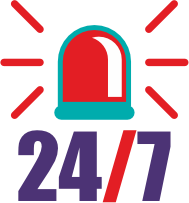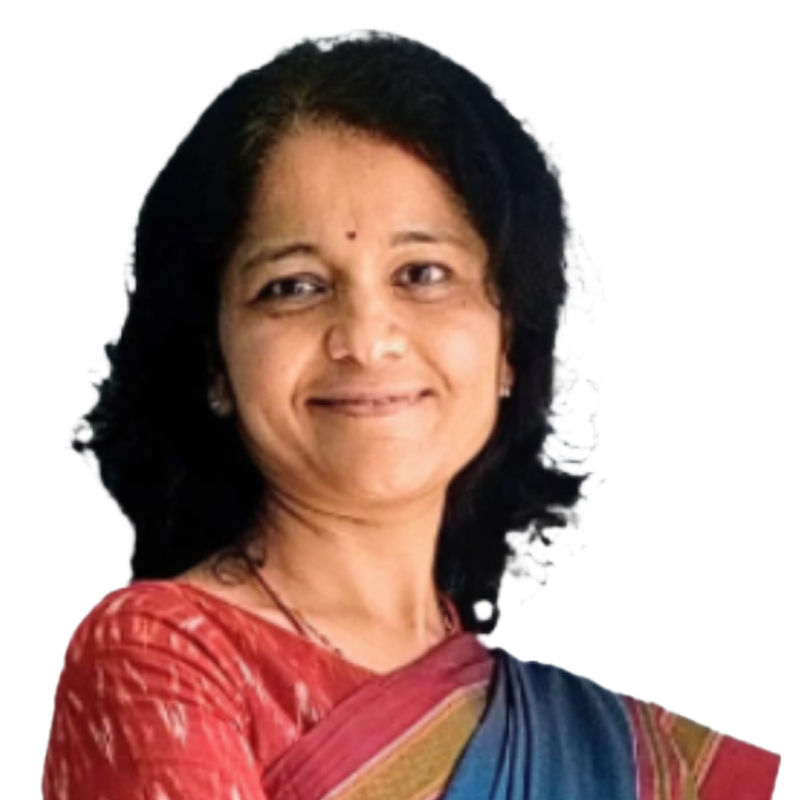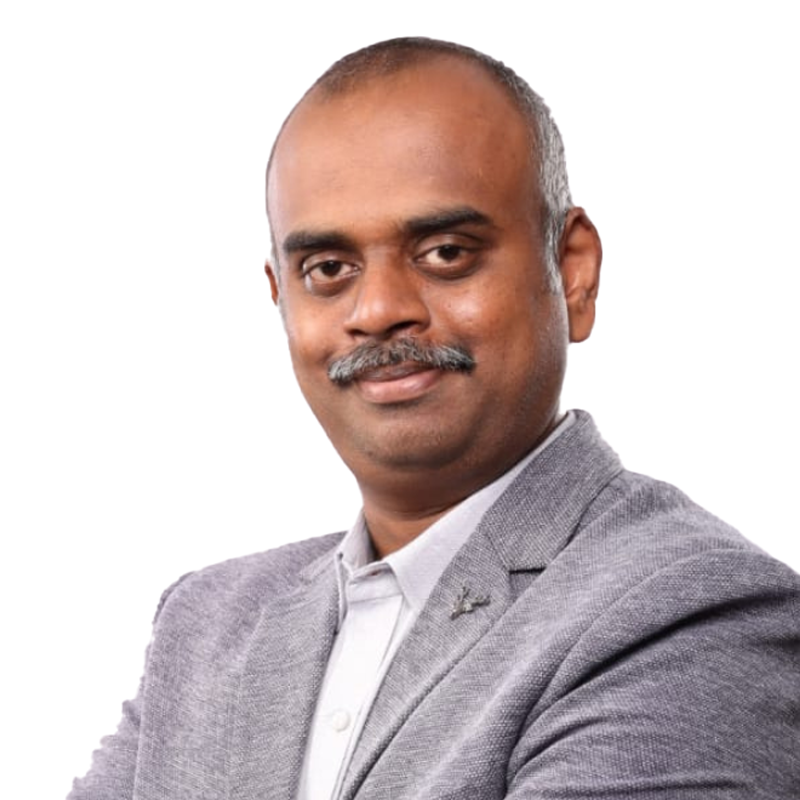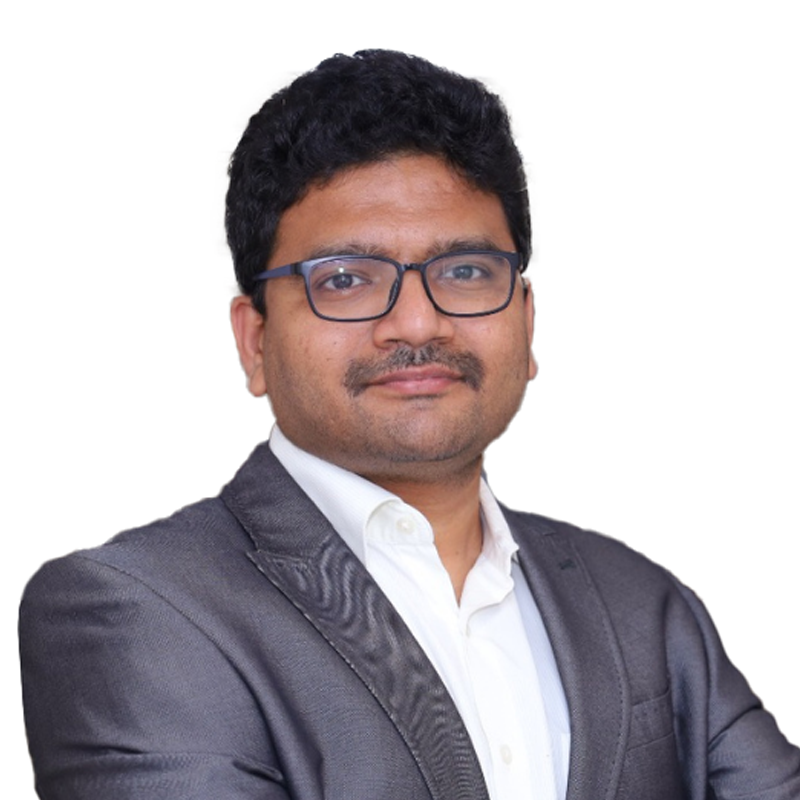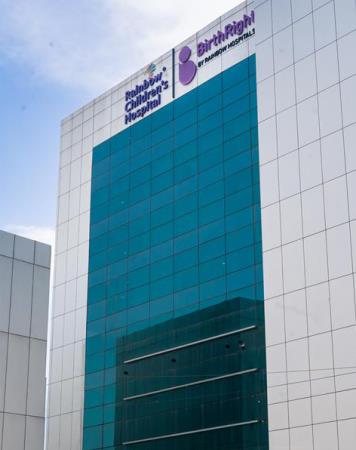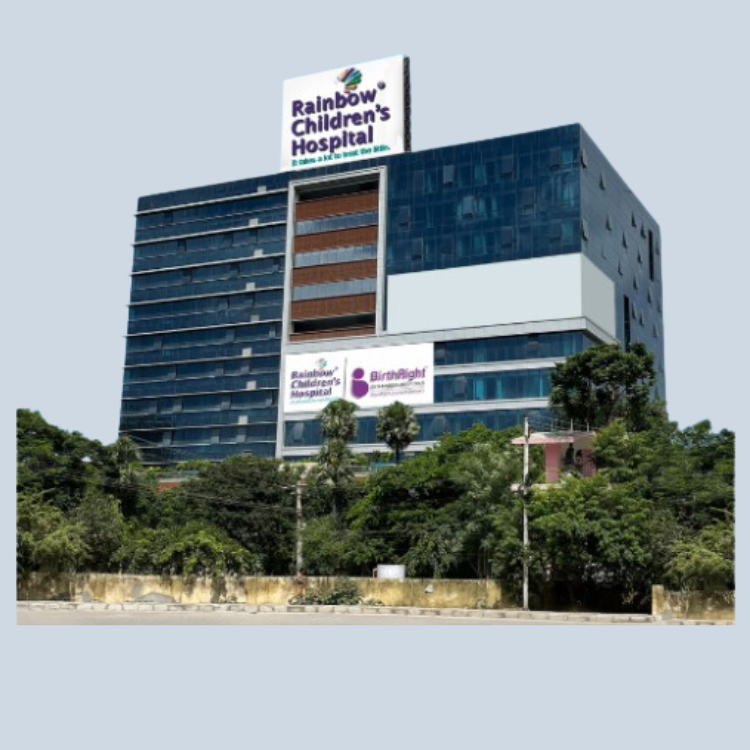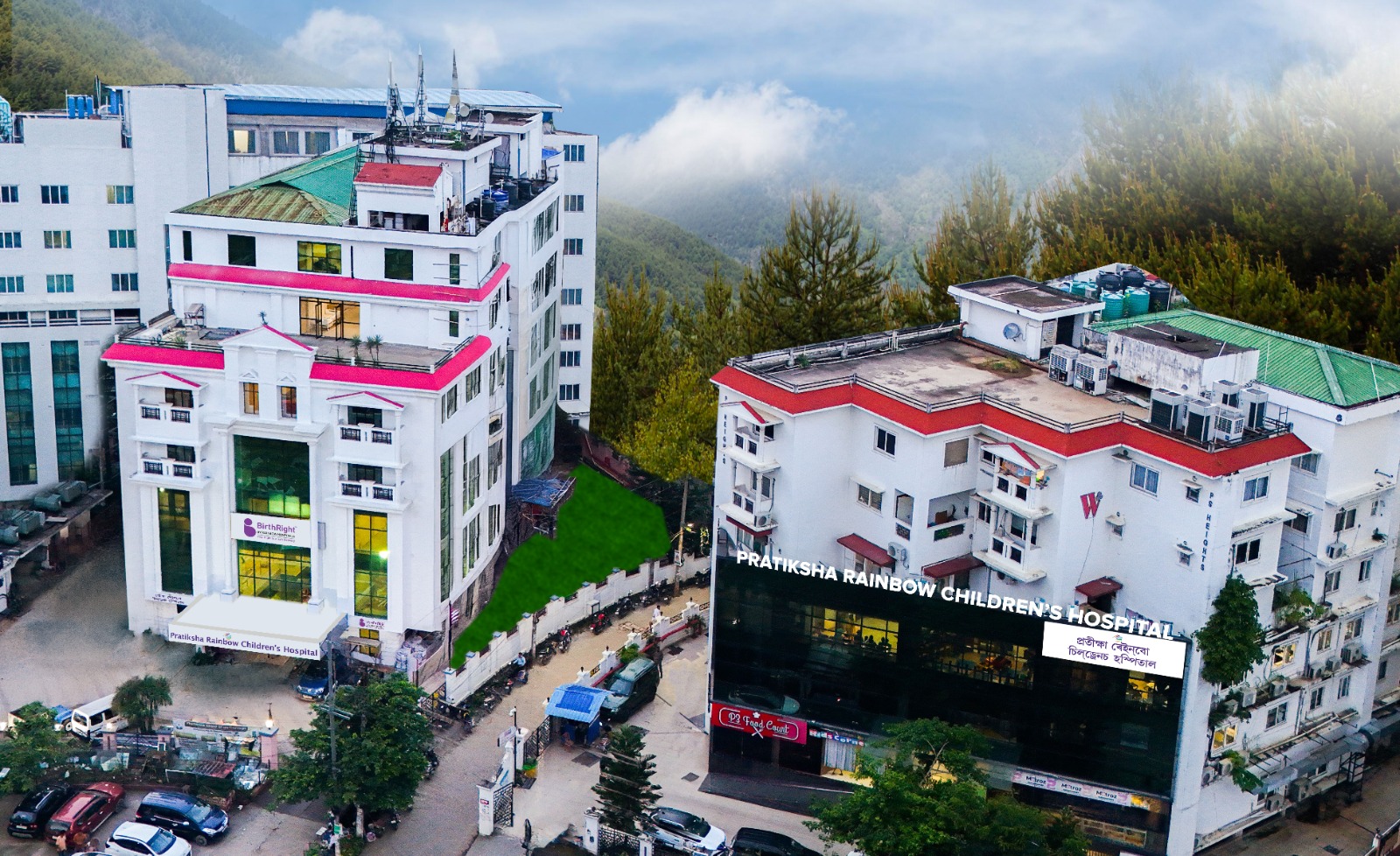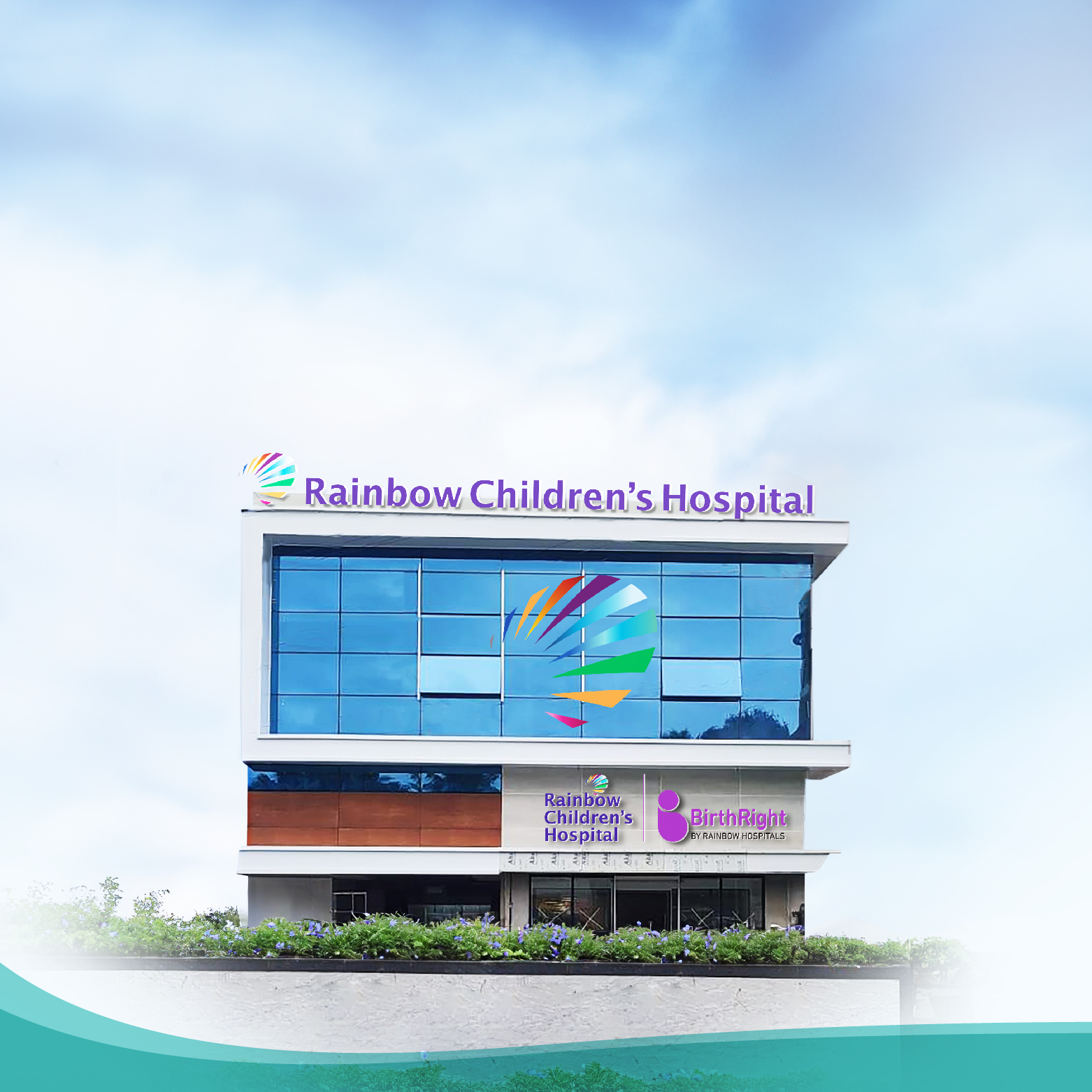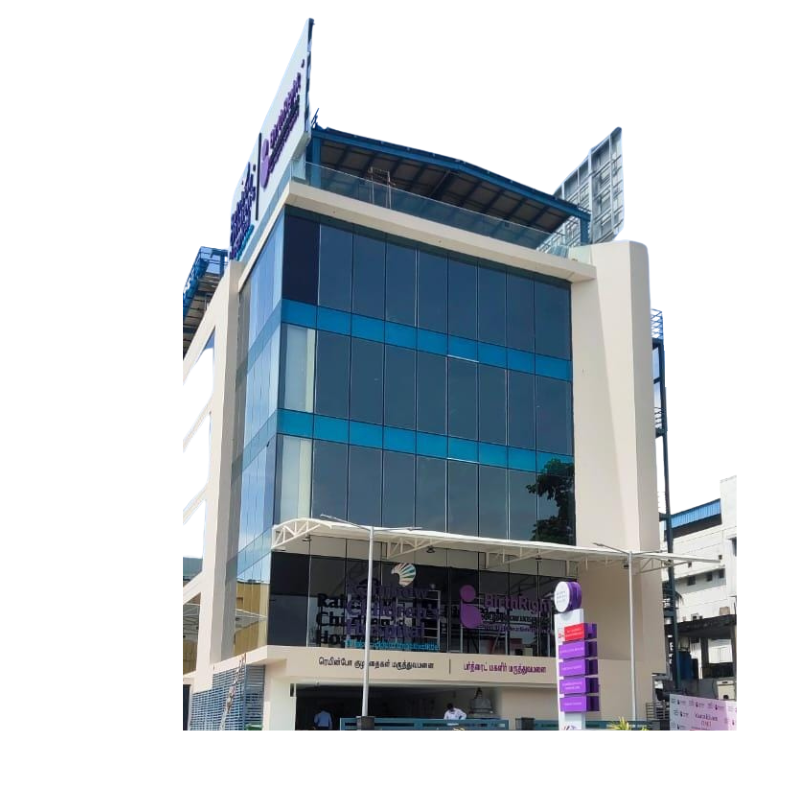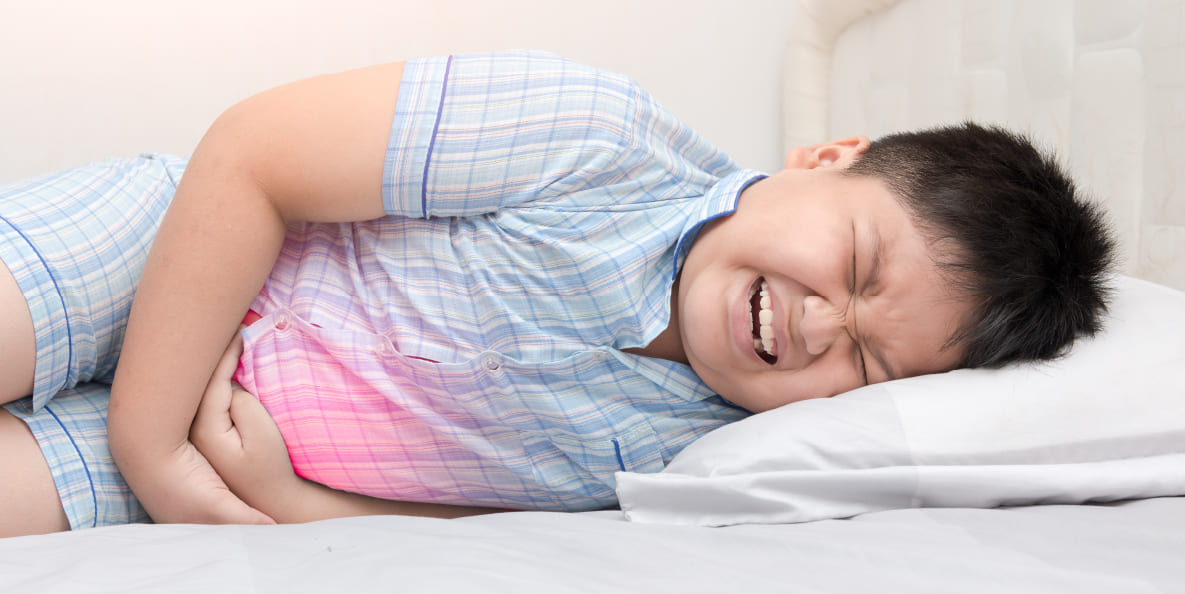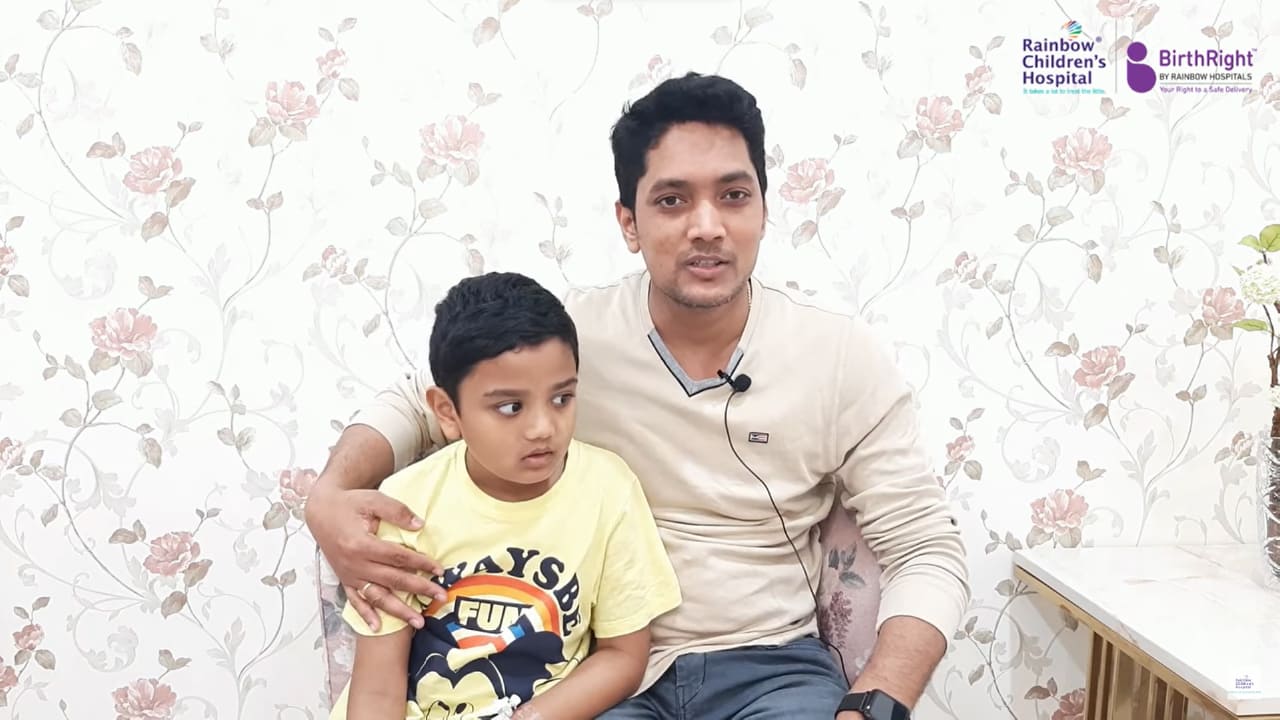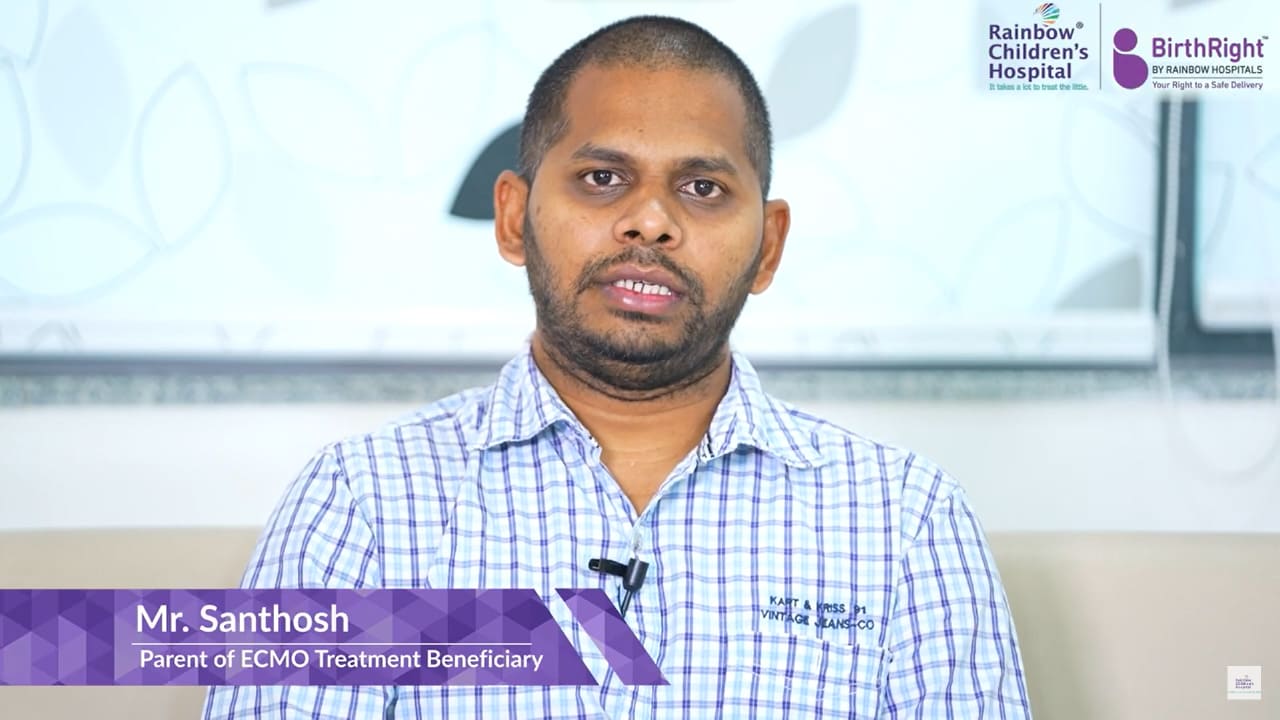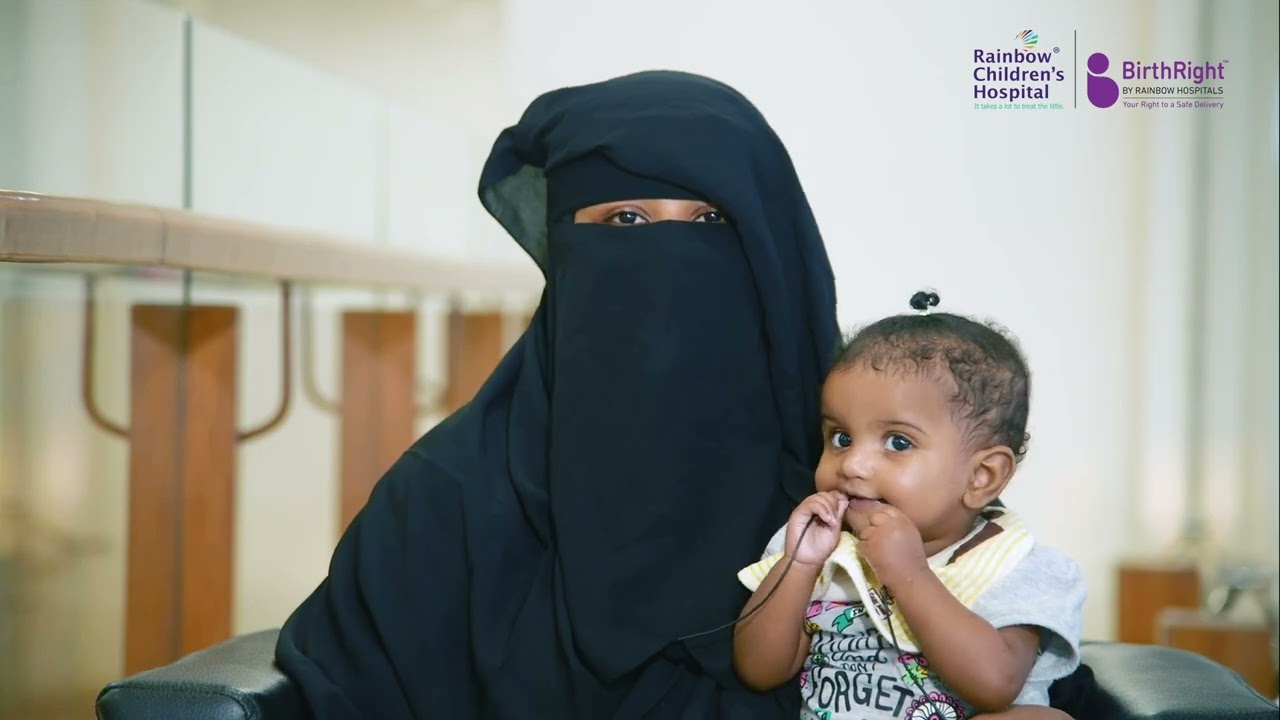Seamless support from diagnosis to post treatment care
Scoliosis and Deformity Correction
Overview
Scoliosis is a medical condition characterized by an abnormal curving of the spine, which can appear in the thoracic, lumbar, or both regions. Most cases of scoliosis of the lumbar spine are mild, but some curves worsen as a child grows. Severe scoliosis can be disabling, to an extent. In extreme cases, the spinal curve can reduce the amount of space within the chest, thereby making it difficult for the lungs to function properly.
Scoliosis may develop in childhood (early-onset scoliosis), during adolescence (adolescent idiopathic scoliosis), or in adulthood due to degeneration, neuromuscular conditions, or trauma. Deformity correction is the surgical and non-surgical method used to straighten the spine. It helps to improve both function and appearance, especially in growing children or people with progressive spinal curves.
Causes
Scoliosis may have various causes, and is broadly categorized as:
- Idiopathic (most common): The cause is unknown; usually appears during adolescence.
- Congenital: Present at the time of birth due to vertebral malformations.
- Neuromuscular: The condition is associated with conditions like cerebral palsy, muscular dystrophy, or spina bifida.
- Degenerative: This is common in older adults due to spinal disc degeneration, osteoporosis, or arthritis.
Risk factors of scoliosis include family history, growth spurts, and underlying neurological or muscular disorders.
Symptoms of Scoliosis
Children with mild scoliosis may not show any pain or symptoms. However, the change in posture is often the first sign. Other symptoms may include:
- Visible curve in the spine
- Uneven shoulders
- One hip appears higher than the other
- Prominent shoulder blade or rib hump, especially when bending forward
- Back pain or fatigue after prolonged standing or activity
- Breathing issues in case of severe thoracic scoliosis
- Limited mobility or postural imbalance in extreme cases
Diagnosis
Our expert will use the following tests to diagnose scoliosis in your child:
- Physical examination
- Spinal X-rays to examine the curve
- MRI or CT scan
- Pulmonary function tests in severe thoracic curves
Treatment
We offer advanced treatment options for scoliosis that are tailored to meet the unique needs of our young patients depending on their age, severity of the curve, cause, and progression risk. The aim is to enhance the quality of their life and spine health.
Nonsurgical Treatment
- Exercises and physiotherapy: Scoliosis-specific exercises aid in strengthening posture and core muscles.
- Bracing: Although a brace doesn't reverse the curve or cure scoliosis, it improves the existing curvature. This nonsurgical treatment usually works in children with mild scoliosis.
Surgical Management
Scoliosis surgery is often prescribed to treat individuals with severe curves. Some of the common surgeries to treat scoliosis include:
- Fusion spine surgery: A procedure where two or more adjacent vertebrae are fused using rods, screws, and bone grafts to straighten and stabilize the spine. It is the most common surgical treatment.
- Expanding Rod: A surgical technique employed when scoliosis is rapidly progressing at an early age. The physicians insert one or two expandable rods along the spine that can change length as the child grows.
- Vertebral Body Tethering: A minimally invasive surgery where screws are inserted on the border of the spinal curve, followed by insertion of a strong, flexible rope. When the cord is tightened, the spine straightens.
Postoperative Care and Rehabilitation
- Regular follow-up every few months with X-rays to observe spine alignment
- Regular monitoring for complications such as infection or implant issues
- A gradual return to regular activities
- Physical therapy, particularly in the initial days following lumbar spine scoliosis surgery. It enhances mobility, strength, and posture.
Why Choose Us?
- Highly experienced team of pediatric spine surgeons and neurosurgeons specializing in spine and scoliosis deformity correction surgeries.
- Multidisciplinary team works closely with neurosurgeons and orthopedic spine surgeons.
- Child-centric compassionate approach inspires us to create a child-friendly environment that helps young patients feel at ease throughout their treatment journey.
- Rehabilitation approach includes well-trained physiotherapists and rehabilitation specialists to provide a complete spectrum of spine care.
- 24/7 Emergency Care ensures immediate and expert intervention when needed.
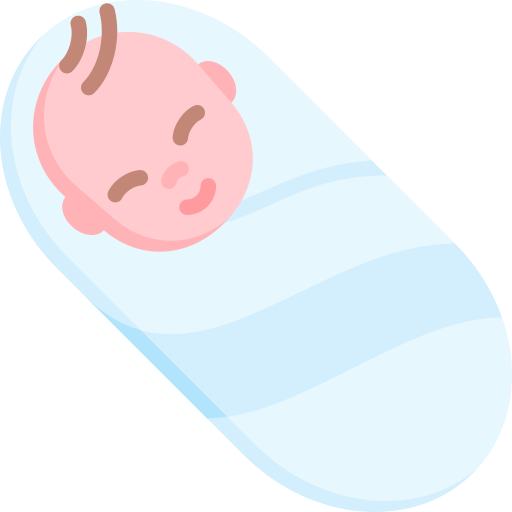
Find a Doctor
Expertise you can trust, Meet our esteemed doctors who bring exceptional knowledge, compassion, and innovation to provide top-notch care for your health and well-being.
Our Hospitals and ClinicsOur Hospitals and Clinics
Rainbow Children's Hospital stands as a testament to the hospital's continual pursuit of excellence and innovation, providing specialized care for women and children.
Request a Call back
Tap to Fill FormRequest a Call back
Blogs
Discover our most recent health articles provided by our reliable experts.
What Are People Saying About Us
Embark on a journey of inspiration and hope with our patient success stories, complemented by informative videos from our dedicated doctors.
Quick Links
- Best Pediatric Neurosurgeons in Hyderabad
- Best Pediatric Neurosurgeon In Bangalore
- Pediatric Neurosurgeon in Delhi
- Pediatric Neurosurgeons in Chennai
- Best Pediatric Neurosurgeon in Vijayawada
- Best Pediatric Neurosurgeon in Vizag
- Best Pediatric Neurosurgeon in Hyder Nagar
- Best Pediatric Neurosurgeon in Marathahalli
- Best Pediatric Neurosurgeons in Guindy
- Best Pediatric Neurosurgeons in Currency Nagar
- Best Pediatric Neurosureon in Banjarahills
- Top Pediatric Neurosurgeons in India
- Best Treatment for Spina Bifida in Children, Hyderabad
- Best Treatment for Spinal Cord Injury in Children, Hyderabad
- Best Treatment for Arachnoid Cysts in Children, Hyderabad
- Best Treatment for Chiari Malformation in Children, Hyderabad
- Best Treatment for Glioblastoma Multiforme in Children, Hyderabad
- Best Treatment for Intraventricular Hemorrhage in Children, Hyderabad
- Best Treatment for Deep Brain Stimulation in Children, Hyderabad
- Best Treatment for Oligodendroglioma in Children, Hyderabad
- Best Treatment for Pilocytic Astrocytoma in Children, Hyderabad
- Best Treatment for Skeletal Dysplasia in Children, Hyderabad
- Best Treatment for Laser Ablation in Children, Hyderabad
- Best Treatment for Radiosurgery in Children, Hyderabad
- Best Treatment for Tethered Spinal Cord in Children, Hyderabad
- Best Treatment for Cavernous Malformations in Children, Hyderabad
- Best Treatment for Dysembryoplastic Neuroepithelial Tumor in Children, Hyderabad
- Best Treatment for Selective Dorsal Rhizotomy in Children, Hyderabad
- Best Treatment for Pial Synangiosis in Children, Hyderabad
- Best Treatment for Metopic Synostosis Trigonocephaly in Children, Hyderabad
- Best Treatment for Primitive Neuroectodermal Tumors (PNET) in Children, Hyderabad
- Best Treatment for Vein of Galen Malformation (VOGM) in Children, Hyderabad
- Best Treatment for Intraoperative magnetic resonance imaging (iMRI) in Children, Hyderabad
- Best Treatment for Spina Bifida in Children, Bengaluru
- Best Treatment for Spinal Cord Injury in Children, Bengaluru
- Best Treatment for Arachnoid Cysts in Children, Bengaluru
- Best Treatment for Chiari Malformation in Children, Bengaluru
- Best Treatment for Glioblastoma Multiforme in Children, Bengaluru
- Best Treatment for Intraventricular Hemorrhage in Children, Bengaluru
- Best Treatment for Deep Brain Stimulation in Children, Bengaluru
- Best Treatment for Oligodendroglioma in Children, Bengaluru
- Best Treatment for Pilocytic Astrocytoma in Children, Bengaluru
- Best Treatment for Skeletal Dysplasia in Children, Bengaluru
- Best Treatment for Laser Ablation in Children, Bengaluru
- Best Treatment for Radiosurgery in Children, Bengaluru
- Best Treatment for Tethered Spinal Cord in Children, Bengaluru
- Best Treatment for Cavernous Malformations in Children, Bengaluru
- Best Treatment for Dysembryoplastic Neuroepithelial Tumor in Children, Bengaluru
- Best Treatment for Selective Dorsal Rhizotomy in Children, Bengaluru
- Best Treatment for Pial Synangiosis in Children, Bengaluru
- Best Treatment for Metopic Synostosis Trigonocephaly in Children, Bengaluru
- Best Treatment for Primitive Neuroectodermal Tumors (PNET) in Children, Bengaluru
- Best Treatment for Vein of Galen Malformation (VOGM) in Children, Bengaluru
- Best Treatment for Intraoperative magnetic resonance imaging (iMRI) in Children, Bengaluru
- Best Treatment for Spina Bifida in Children, Delhi
- Best Treatment for Spinal Cord Injury in Children, Delhi
- Best Treatment for Arachnoid Cysts in Children, Delhi
- Best Treatment for Chiari Malformation in Children, Delhi
- Best Treatment for Glioblastoma Multiforme in Children, Delhi
- Best Treatment for Intraventricular Hemorrhage in Children, Delhi
- Best Treatment for Deep Brain Stimulation in Children, Delhi
- Best Treatment for Oligodendroglioma in Children, Delhi
- Best Treatment for Pilocytic Astrocytoma in Children, Delhi
- Best Treatment for Skeletal Dysplasia in Children, Delhi
- Best Treatment for Laser Ablation in Children, Delhi
- Best Treatment for Radiosurgery in Children, Delhi
- Best Treatment for Tethered Spinal Cord in Children, Delhi
- Best Treatment for Cavernous Malformations in Children, Delhi
- Dysembryoplastic Neuroepithelial Tumor in Children, Delhi
- Selective Dorsal Rhizotomy in Children, Delhi
- Pial Synangiosis in Children, Delhi
- Metopic Synostosis Trigonocephaly in Children, Delhi
- Primitive Neuroectodermal Tumors (PNET) in Children, Delhi
- Vein of Galen Malformation (VOGM) in Children, Delhi
- Intraoperative magnetic resonance imaging (iMRI) in Children, Delhi
- Spina Bifida in Children, Chennai
- Spinal Cord Injury in Children, Chennai
- Arachnoid Cysts in Children, Chennai
- Chiari Malformation in Children, Chennai
- Glioblastoma Multiforme in Children, Chennai
- Intraventricular Hemorrhage in Children, Chennai
- Deep Brain Stimulation in Children, Chennai
- Oligodendroglioma in Children, Chennai
- Pilocytic Astrocytoma in Children, Chennai
- Skeletal Dysplasia in Children, Chennai
- Laser Ablation in Children, Chennai
- Radiosurgery in Children, Chennai
- Tethered Spinal Cord in Children, Chennai
- Cavernous Malformations in Children, Chennai
- Dysembryoplastic Neuroepithelial Tumor in Children, Chennai
- Selective Dorsal Rhizotomy in Children, Chennai
- Best Treatment for Pial Synangiosis in Children, Chennai
- Best Treatment for Metopic Synostosis Trigonocephaly in Children, Chennai
- Best Treatment for Primitive Neuroectodermal Tumors (PNET) in Children, Chennai
- Best Treatment for Vein of Galen Malformation (VOGM) in Children, Chennai
- Best Treatment for Intraoperative magnetic resonance imaging (iMRI) in Children, Chennai
- Best Treatment for Spina Bifida in Children, Vijayawada
- Best Treatment for Spinal Cord Injury in Children, Vijayawada
- Best Treatment for Arachnoid Cysts in Children, Vijayawada
- Best Treatment for Chiari Malformation in Children, Vijayawada
- Best Treatment for Glioblastoma Multiforme in Children, Vijayawada
- Best Treatment for Intraventricular Hemorrhage in Children, Vijayawada
- Best Treatment for Deep Brain Stimulation in Children, Vijayawada
- Best Treatment for Oligodendroglioma in Children, Vijayawada
- Best Treatment for Pilocytic Astrocytoma in Children, Vijayawada
- Best Treatment for Skeletal Dysplasia in Children, Vijayawada
- Best Treatment for Laser Ablation in Children, Vijayawada
- Best Treatment for Radiosurgery in Children, Vijayawada
- Best Treatment for Tethered Spinal Cord in Children, Vijayawada
- Cavernous Malformations in Children, Vijayawada
- Best Treatment for Dysembryoplastic Neuroepithelial Tumor in Children, Vijayawada
- Best Treatment for Selective Dorsal Rhizotomy in Children, Vijayawada
- Best Treatment for Pial Synangiosis in Children, Vijayawada
- Best Treatment for Metopic Synostosis Trigonocephaly in Children, Vijayawada
- Best Treatment for Primitive Neuroectodermal Tumors (PNET) in Children, Vijayawada
- Best Treatment for Vein of Galen Malformation (VOGM) in Children, Vijayawada
- Best Treatment for Intraoperative magnetic resonance imaging (iMRI) in Children, Vijayawada
- Best Treatment For Spina Bifida in Children, Vizag
- Best Treatment For Spinal Cord Injury in Children, Vizag
- Best Treatment For Arachnoid Cysts in Children, Vizag
- Best Treatment For Chiari Malformation in Children, Vizag
- Best Treatment For Glioblastoma Multiforme in Children, Vizag
- Best Treatment For Intraventricular Hemorrhage in Children, Vizag
- Best Treatment For Deep Brain Stimulation in Children, Vizag
- Best Treatment For Oligodendroglioma in Children, Vizag
- Best Treatment For Pilocytic Astrocytoma in Children, Vizag
- Best Treatment For Skeletal Dysplasia in Children, Vizag
- Best Treatment For Laser Ablation in Children, Vizag
- Best Pediatric Neurosurgery Doctors in Sarjapur Road, Bengaluru
- Best Pediatric Neurosurgery Doctors in Himayatnagar, Hyderabad
- Best Pediatric Neurosurgery Doctors in Anna Nagar, Chennai
- Best Neurologist Doctor near me in Chennai
- Best Neurologist Doctor near me in Hyderabad
- Top Neurosurgeons in Anna Nagar , Chennai - Rainbow Children's Hospital

